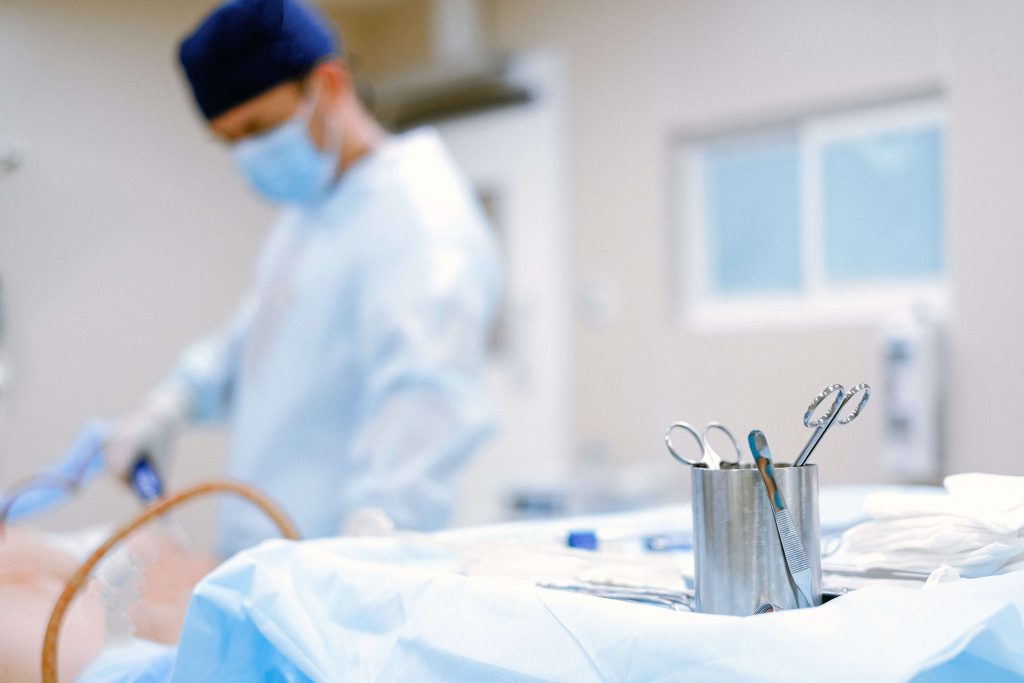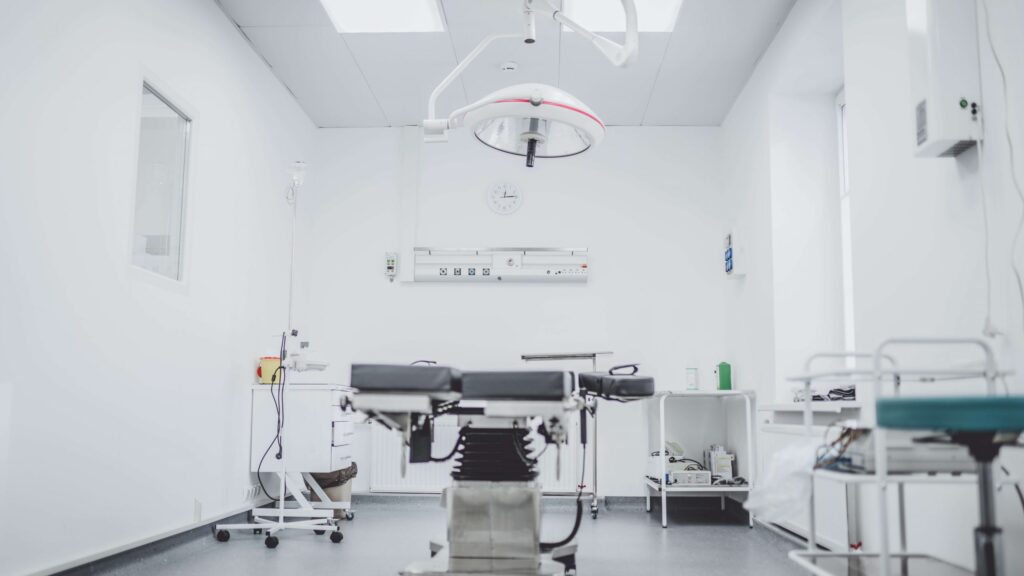Herniated discs don’t always cause pain. In fact, some people develop herniated discs and never feel any painful symptoms as a result of them. This is because most herniated disc pain is not caused by physical pressure of the herniated disc on nerves. Unfortunately, herniated disc surgery is designed to release this pressure rather than treat the true cause of pain, making it ineffective for treating most herniated disc cases.
Keep reading to learn more about what really causes herniated disc pain and what makes common surgical procedures unsuccessful for most patients.
The Basics of a Herniated Disc
What is a herniated disc? It’s a condition that occurs when the inner part of the spinal disc is pushed out of the annulus fibrosus through an annular tear. Many refer to herniated discs as “bulging discs” or “ruptured discs” but these terms are inaccurate and are not the same as a herniated disc. Disc herniation is usually an early stage of degeneration, connecting this condition to degenerative disc disease.
Unlike what most people believe, pain caused by a herniated disc is not usually caused by mechanical pressure resulting from the herniation, or a “pinched nerve”. Herniated disc pain is most commonly a result of the leaking of the nucleus pulposus, through annular tears. This is what prevents herniated disc surgery from providing pain relief.

Types of Herniated Disc Surgery
There are three common surgical techniques used to treat herniated discs:
- Open discectomy: this technique uses open surgery to remove the section of the disc that has herniated.
- Endoscopic spine surgery: this requires the use of a long thin tube, known as an endoscope, to remove the herniation. This procedure is minimally invasive.
- Surgery on the core of the spinal disc: instruments will be used to reach the core of the spinal disc, then a vacuum will be used to remove the spinal disc’s core. The hope is that this treatment will make the spinal disc smaller, relieving any pressure it may place on nerves. This surgery is not an option when the outer layer of the spinal disc is damaged.
The following are some of the most herniated disc surgery procedures that use these techniques.
Laminotomy/Laminectomy
The lamina is part of your vertebrae. Its job is to cover and protect the spinal canal, however, in some cases, it will need to be either partially or completely removed to treat a herniated disc. Laminotomy refers to the partial removal of the lamina, while laminectomy refers to the removal of the entire lamina.
To perform these procedures, a small incision is made down the center of the back or neck, depending on the location of the herniated disc. After the lamina is removed, a discectomy is performed to remove the herniation.
Spinal Fusion
A spinal fusion may be performed on its own, but in some cases, it’s performed after a laminotomy or laminectomy to provide stability for the spine. This procedure involves using bone or bone-like material along with rods or screws to fuse two or more sections of vertebrae together, limiting movement.
Whether or not spinal fusion will be recommended to treat a herniated disc will depend on the location of the herniation. They’re commonly recommended for herniated discs located in the lower back.
Artificial Disc Surgery
This procedure is available as an alternative to spinal fusion for some patients. When this procedure is performed, the damaged spinal disc will be replaced with an artificial disc. This procedure is considered to have less pain following surgery as well as less restriction on mobility than spinal fusion.
Some people who develop a herniated disc will never experience any pain or symptoms as a result of it. There’s a very simple explanation for why this occurs. Herniated disc pain is almost always caused by leaking of the nucleus pulposus, so when disc herniation is not accompanied by leaking, there is no irritation or inflammation of surrounding areas. Because of this, there’s no pain.
So if annular tears are the cause of herniated disc pain, the most effective way to relieve this pain would be by addressing the tears. The problem is that most doctors believe that herniated disc pain is caused by mechanical pressure that the herniation places on nerves. Because of this, the purpose of herniated disc surgery is to release this pressure rather than seal or heal annular tears to stop painful leaking. This is why herniated disc surgery is often unsuccessful for patients living with pain.
Dr. Pauza’s Discseel® Procedure – A Better Alternative to Herniated Disc Surgery
In addition to the fact that none of these herniated disc surgery options address annular tears, the root cause of most herniated discs, they also require a long recovery period. This keeps patients out of work or away from the activities they love for an added period of time. We know that when you’ve been living with back or neck pain caused by a herniated disc, you just want to get back to being active and mobile.
The Discseel Procedure is the answer to these issues. It was designed by Dr. Pauza to more effectively heal back and neck pain caused by spinal disc conditions by directly targeting annular tears. It stops the nucleus from leaking along with the pain this leaking causes. This procedure is also non-surgical and minimally invasive, making the recovery time significantly shorter than that of surgery. In fact, you’ll be able to go home or to your hotel the same day as your procedure. You’ll even be able to be up and walking around within 24 hours! Some patients have also been able to get back to work within a week of the procedure, making this a great option for patients whose pain has kept them from working.
Whether your pain is caused by herniated discs, degenerative disc disease, sciatica, or chronic lower back pain, the Discseel Procedure may be able to help you. Apply for the Discseel Procedure today and find out if you’re a candidate for this innovative procedure!


